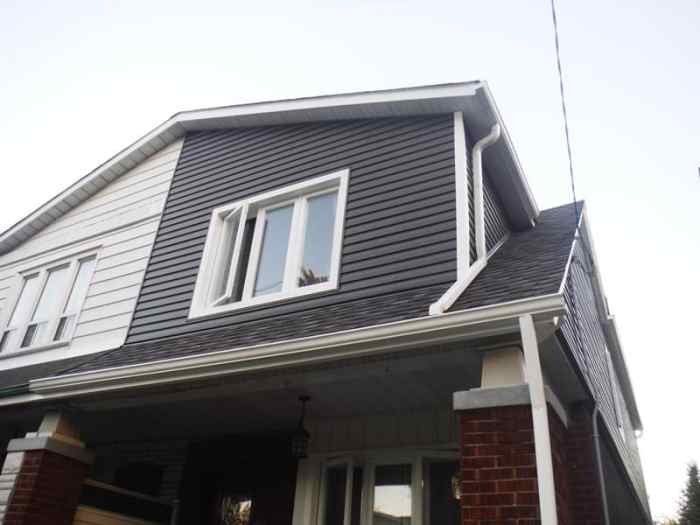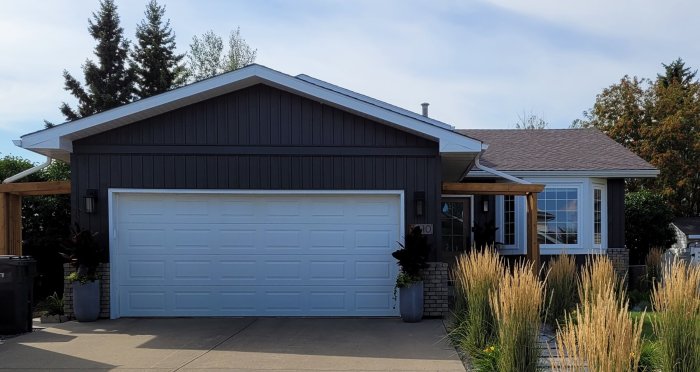Exploring Iron Ore Siding: A Comprehensive Guide
Embark on a journey into the world of iron ore siding, a crucial component in the mining industry that facilitates the efficient transportation of iron ore. Delve into its history, significance, and evolution as we unravel the intricacies of this vital infrastructure.
Introduction to Iron Ore Siding
Iron ore siding is a crucial component of the mining industry, serving as a specialized infrastructure designed to facilitate the loading and unloading of iron ore from trains to ships or storage facilities. This siding plays a vital role in streamlining the transportation process of iron ore from mines to ports or steel mills, ensuring efficient logistics and supply chain operations in the industry.
Significance of Iron Ore Siding
Iron ore siding serves as a designated area along railway lines where trains carrying iron ore can be diverted to load or unload their cargo. This infrastructure allows for the seamless transfer of large quantities of iron ore between different modes of transportation, such as trains, ships, or trucks, enabling the efficient movement of raw materials in the mining sector.
Purpose of Iron Ore Siding
The primary purpose of iron ore siding is to enhance the handling and transportation of iron ore by providing a dedicated space for loading and unloading operations. By utilizing specialized equipment and facilities at these sidings, mining companies can optimize their logistics processes, reduce transit times, and minimize disruptions in the supply chain.
History and Evolution of Iron Ore Siding Infrastructure
Iron ore siding has evolved over time to meet the changing demands of the mining industry. Initially, these sidings were simple tracks or spurs connected to main railway lines for loading purposes. However, with advancements in technology and infrastructure development, modern iron ore sidings now feature specialized equipment, such as conveyor belts, stackers, and reclaimers, to facilitate efficient handling of iron ore and improve operational efficiency.
Design and Construction of Iron Ore Siding

Iron ore siding is an essential component of railway infrastructure that facilitates the loading and unloading of iron ore from trains to storage facilities or processing plants. The design and construction of iron ore siding are crucial to ensure efficient operations and safety.
Typical Layout and Components
The typical layout of iron ore siding includes parallel tracks running alongside the main railway line, connected by turnout switches. It consists of loading platforms, unloading chutes, and storage areas for iron ore. Signals and control systems are also integrated to manage train movements and ensure safety.
Engineering Principles
- The construction of iron ore siding is based on principles of gradient, curvature, and alignment to allow smooth and safe train operations.
- The design considers factors such as track gauge, rail profile, and ballast quality to ensure stability and durability under heavy loads.
- Drainage systems are incorporated to prevent water accumulation and erosion, which can affect the track structure and safety.
Design Approaches
Design approaches for iron ore siding may vary based on terrain conditions, operational requirements, and traffic volume. In hilly terrain, the siding may require additional reinforcement and gradient adjustments to accommodate heavy trains. In flat terrain, the focus may be on maximizing storage capacity and efficiency of loading/unloading processes.
Operation and Maintenance of Iron Ore Siding

Efficient operation and regular maintenance are crucial for the smooth functioning of iron ore siding. Let's delve into the procedures, safety measures, and maintenance practices associated with iron ore siding.
Loading and Unloading Procedures
When it comes to loading iron ore onto trains at the siding, the process involves...
- Ensure proper positioning of railcars for loading
- Utilize loading equipment such as conveyor belts or loaders
- Monitor the weight distribution to avoid overloading
- Securely fasten the loaded railcars before departure
Safety Protocols and Regulations
Adherence to safety protocols and regulations is paramount in iron ore siding operations to prevent accidents and ensure the well-being of workers. Some key safety measures include...
- Regular safety training for personnel involved in loading and unloading
- Proper signaling and communication between workers and equipment operators
- Use of personal protective equipment such as helmets, gloves, and safety vests
- Strict compliance with railway and transportation regulations
Maintenance Practices
Regular maintenance is essential to upkeep the efficiency of iron ore siding and prevent breakdowns that can disrupt operations. Common maintenance practices include...
- Inspecting rail tracks for any signs of wear or damage
- Lubricating moving parts of loading equipment to prevent friction
- Cleaning debris and dust accumulation on rail tracks and loading areas
- Conducting routine inspections of railcars for structural integrity
Environmental Impact of Iron Ore Siding

Iron ore siding construction and operation can have significant environmental implications, affecting ecosystems, air quality, and water resources. The extraction and transportation of iron ore can lead to habitat destruction, soil erosion, and pollution. Additionally, the emissions from diesel-powered machinery and transportation vehicles contribute to air pollution, impacting local air quality.
Ecological Footprint Reduction
To reduce the ecological footprint of iron ore siding, various mitigation strategies can be implemented. These include:
- Using electric-powered machinery and vehicles to minimize emissions
- Implementing effective erosion control measures during construction
- Restoring and rehabilitating affected habitats post-construction
- Implementing dust control measures to reduce air pollution
Sustainability of Iron Ore Siding Practices
Different iron ore siding practices vary in their sustainability based on the implementation of environmental measures and technologies. Some factors to consider include:
- Adoption of renewable energy sources for powering operations
- Efficient use of water resources and implementation of water recycling systems
- Community engagement and consultation to address local environmental concerns
- Regular monitoring and assessment of environmental impacts to inform adaptive management strategies
Closing Summary
To encapsulate, iron ore siding plays a pivotal role in streamlining the transportation of iron ore, with its design, operation, and environmental impact all influencing its efficacy and sustainability. As we conclude this exploration, the multifaceted nature of iron ore siding becomes apparent, shaping the landscape of mining operations worldwide.
Essential Questionnaire
What is the significance of iron ore siding in the mining industry?
Iron ore siding serves as a crucial link in the transportation chain, enabling the efficient movement of iron ore from mines to processing facilities or export terminals.
What are some common maintenance practices for iron ore siding?
Maintenance tasks for iron ore siding typically include track inspections, lubrication of components, and ensuring proper alignment for smooth operations.
How do different design approaches for iron ore siding vary based on terrain?
Designs may differ in terms of gradient adjustments, curve radii, and foundation requirements to accommodate varying terrains and ensure operational efficiency.




